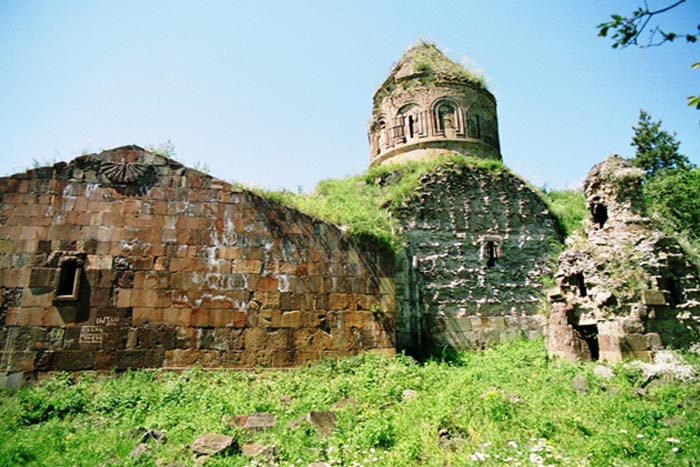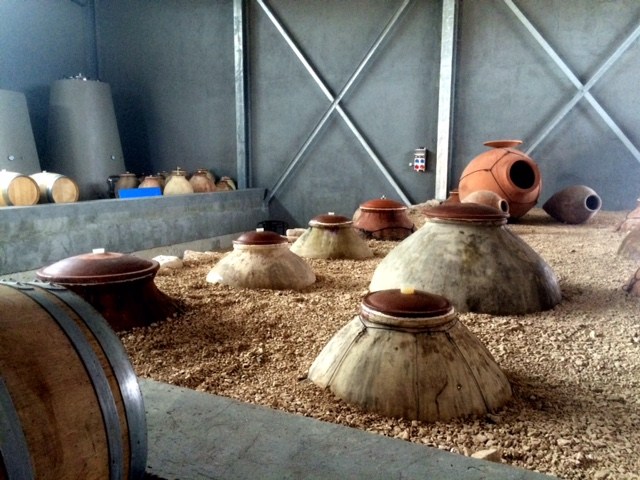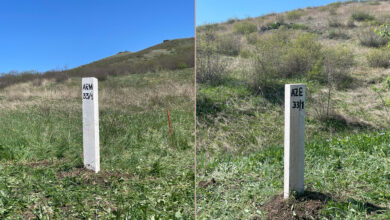
Khoranashat Monastery in Tavush province and karas (traditional wine vessels in Armenia) have been named among the most endangered heritage in Europe. The final list of 7 most endangered heritage sites in Europe will be announced in March 2020.
The 7 Most Endangered programme, launched in January 2013, is a civil society campaign to save Europe’s endangered heritage. While not providing direct funding, it raises awareness, prepares independent assessments, proposes feasible action plans to mobilise public and private support.
Khoranashat Monastery, Tavush Region, ARMENIA
Khoranashat Monastery is an outstanding example of Armenian architecture from the middle ages, found in the north-east of the country, very close to the border with Azerbaijan and surrounded by a forested landscape. In the past, it was a noteworthy cultural centre, hosting both a monastery and a university.
Today, the church still functions as the only place of worship for the nearby villages of Chinari and Aygedzor.
Of the numerous buildings built in the middle ages, only the church of Sourp Astvatsatsin and the little church of St. Kiraki are conserved, both in a severe state of deterioration and suffering the effects of inappropriate past restoration work.
The site is threatened both by its physical and political context. Its isolated location in a seismic zone that is prone to landslides makes conservation work especially challenging while the ongoing conflict at the border of Armenia and Azerbaijan poses considerable risks to visitors.
The Ministry of Education, Science, Culture and Sport of the Republic of Armenia is the nominator while the Swiss organisation Il Germoglio is already engaged in charity work in Armenia and this region and is committed to supporting a conservation and management plan to revitalize the site.

Karas – Traditional Wine Vessels, Armenia
Traditional wine-making techniques in Armenia are at serious risk of being lost. Distinctive clay vessels known as “karas” have been used in the tradition of winemaking in Armenia for more than 6000 years. This practice eventually spread across the entire reaches of the Mediterranean, as evidenced by archaeological findings.
The distinctively shaped karas are made by master potters with an intricate system of coiling and can contain up to 1500 litres of liquid. Despite the ubiquitous part they have played in Armenia’s wine culture, the traditional techniques and knowledge of making karas are now at risk of being lost.
The nomination was made by the Karas Revival Heritage Project, an organisation which is focused on the revival and transmission of the knowledge of karas making. A project towards the conservation and valorisation of this traditional craft could lead to positive outcomes in terms of education among the local community and places an emphasis on the important connection between tangible and intangible cultural heritage.








